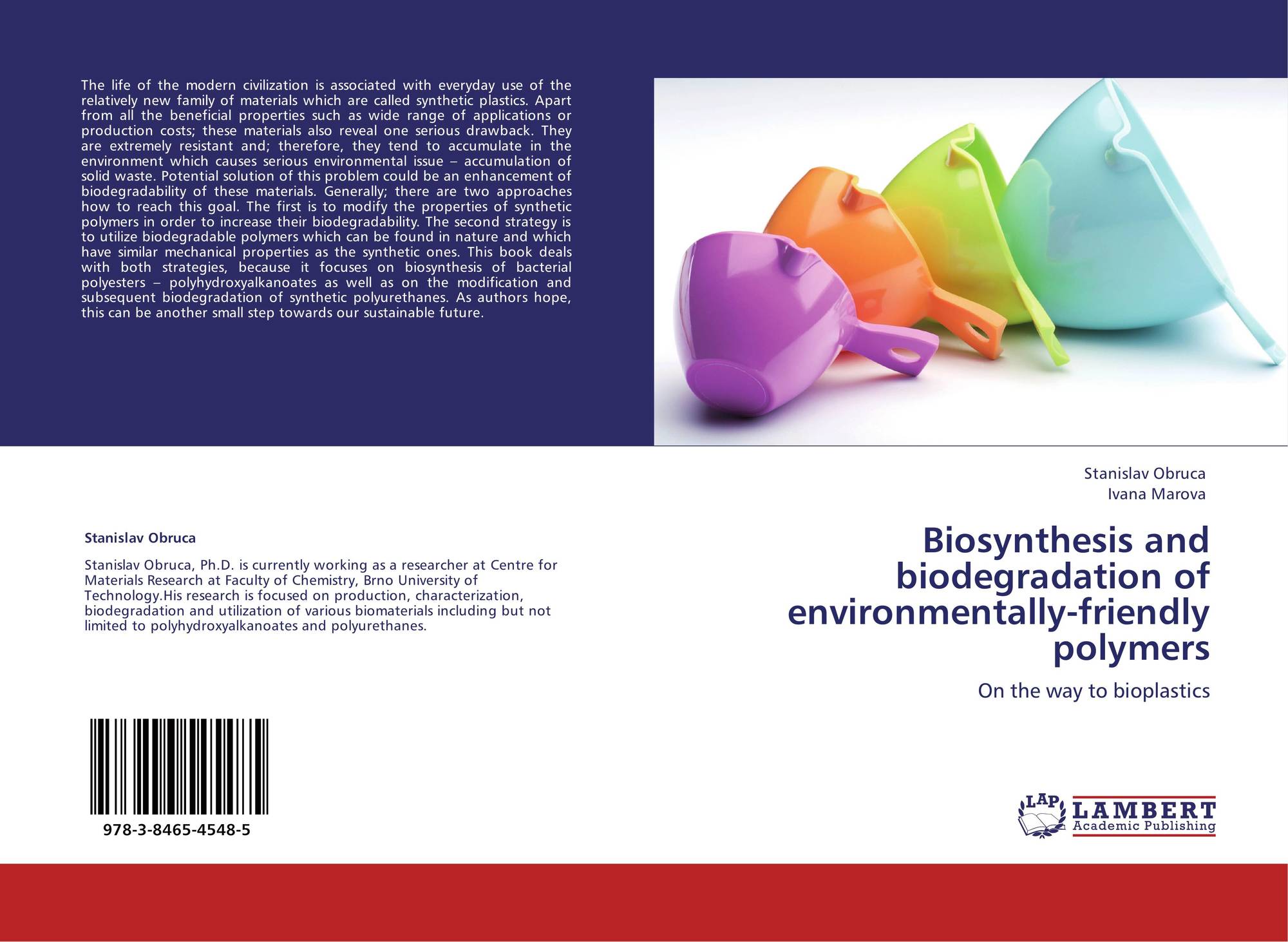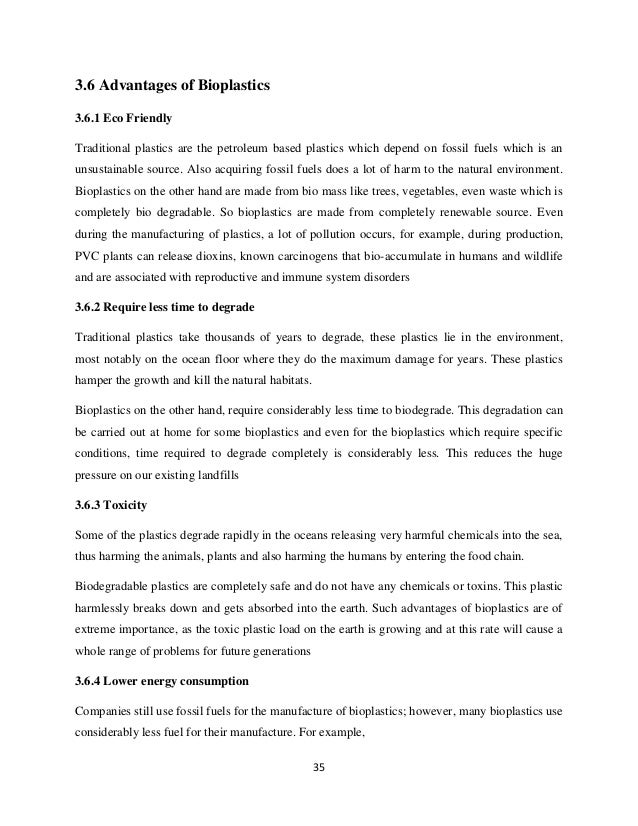Are you looking for 'essay on bioplastics'? You will find the answers here.
Bioplastics Essay Example Away varying the amounts of these additives, the characteristic of the material fundament be tailored to specific needs. Mere starch plastic derriere be made At home. Industrially, amylum based bioplastics ar often blended with biodegradable polyesters.
Table of contents
- Essay on bioplastics in 2021
- Is paper biodegradable
- Compostable
- Essay on bioplastics 04
- Essay on bioplastics 05
- Essay on bioplastics 06
- Essay on bioplastics 07
- Essay on bioplastics 08
Essay on bioplastics in 2021
 This picture demonstrates essay on bioplastics.
This picture demonstrates essay on bioplastics.
Is paper biodegradable
 This picture shows Is paper biodegradable.
This picture shows Is paper biodegradable.
Compostable
 This image demonstrates Compostable.
This image demonstrates Compostable.
Essay on bioplastics 04
 This picture representes Essay on bioplastics 04.
This picture representes Essay on bioplastics 04.
Essay on bioplastics 05
 This picture demonstrates Essay on bioplastics 05.
This picture demonstrates Essay on bioplastics 05.
Essay on bioplastics 06
 This picture shows Essay on bioplastics 06.
This picture shows Essay on bioplastics 06.
Essay on bioplastics 07
 This image shows Essay on bioplastics 07.
This image shows Essay on bioplastics 07.
Essay on bioplastics 08
 This image demonstrates Essay on bioplastics 08.
This image demonstrates Essay on bioplastics 08.
How are bioplastics used in the recycling process?
Bioplastics are plastics made from renewable energy and can be decomposed and recycled properly. There are three types on how bioplastics can be recycled, namely mechanical, chemical, and biological ways of recycling. In mechanical recycling, materials were recovered but still maintaining the polymers’ mechanical structure.
What kind of plastic is safe for the environment?
Based on a research journal, environmental concerns about plastic have led onto development of eco-friendly plastics called “bio-plastics”. Bio-plastic is the term used for packaging materials that are synthesized from renewable resources like starch, cellulose, etc. which are known to be safe for the environment.
What foods can be used to make bioplastics?
One of the available resources available for synthesis of bio-plastics is fruit peels such as oranges. An experimental research was conducted with a synthesized biocomposite films from orange peel derived pectin jelly and from corn-starch that were developed on a laboratory.
How are carbonized orange peels used in bioplastics?
Aigbodion, V. S., et al., (2013) will then compare carbonized orange peels and uncarbonized orange peels and had put the uncarbonized orange peels in a graphite container then put in an electric resistance furnace and was heated to a temperature of 1200 degrees Celsius to carbonize the orange peels.
Last Update: Oct 2021